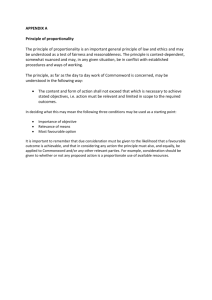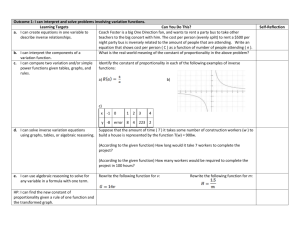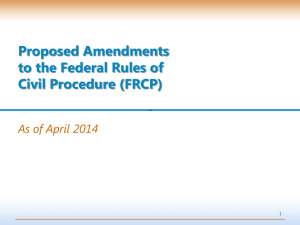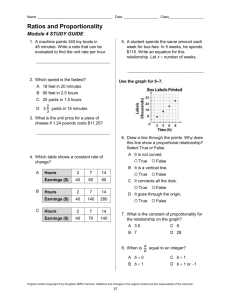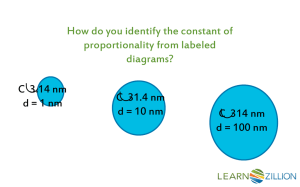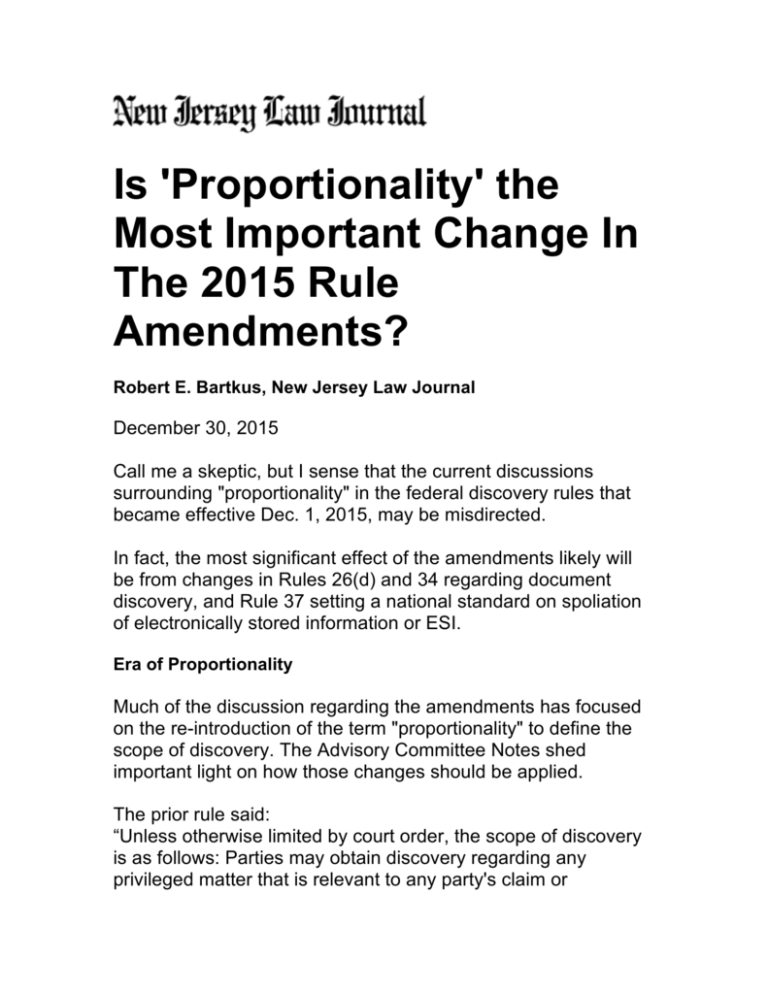
Is 'Proportionality' the
Most Important Change In
The 2015 Rule
Amendments?
Robert E. Bartkus, New Jersey Law Journal
December 30, 2015
Call me a skeptic, but I sense that the current discussions
surrounding "proportionality" in the federal discovery rules that
became effective Dec. 1, 2015, may be misdirected.
In fact, the most significant effect of the amendments likely will
be from changes in Rules 26(d) and 34 regarding document
discovery, and Rule 37 setting a national standard on spoliation
of electronically stored information or ESI.
Era of Proportionality
Much of the discussion regarding the amendments has focused
on the re-introduction of the term "proportionality" to define the
scope of discovery. The Advisory Committee Notes shed
important light on how those changes should be applied.
The prior rule said:
“Unless otherwise limited by court order, the scope of discovery
is as follows: Parties may obtain discovery regarding any
privileged matter that is relevant to any party's claim or
defense—including the existence, description, nature, custody,
condition, and location of any documents or other tangible things
and the identity and location of persons who know of any
discoverable matter. For good cause, the court may order
discovery of any matter that is relevant to the subject matter
involved in the action. Relevant information need not be
admissible at the trial if the discovery appears reasonably
calculated to lead to the discovery of admissible evidence. All
discovery is subject to the limitations imposed by Rule
26(b)(2)(C).” [Emphasis added.]
Rule 26(b)(2)(C) then states, in part, that discovery "must" be
limited if it is cumulative, it is otherwise available from a less
burdensome source, or the burden outweighs the likely benefit,
"considering the needs of the case, the amount in controversy,
the parties' resources, the importance of the issues at stake, and
the importance of discovery in resolving the issues."
The amended rule says:
“Unless otherwise limited by court order, the scope of discovery
is as follows: Parties may obtain discovery regarding any
nonprivileged matter that is relevant to any party's claim or
defense and proportional to the needs of the case, considering
the importance of the issues at stake in the action, the amount in
controversy, the parties' relative access to relevant information,
the parties' resources, the importance of the discovery in
resolving the issues, and whether the burden or expense of the
proposed discovery outweighs its likely benefit. Information
within this scope of discovery need not be admissible in
evidence to be discoverable.” [Emphasis added.]
From this, we can see that the word "proportional" is now in the
rule, and that term is defined within the immediate text rather
than being cross-referenced in a later section. The description of
"relevance" is omitted; and the shibboleth, "reasonably
calculated to lead to the discovery of admissible evidence," has
been replaced with "discoverable information need not be
admissible …."
Does the new rule's omission of the definition of relevance—
which had included, inter alia, the existence, location and identity
of admissible evidence—mean anything? One might think so, if
one focused only on the text. If so, the change in the "reasonably
calculated" language might be pretty important. However, the
text cannot be read in isolation; contrary to normal guidance
regarding interpreting "clear" text by its terms, the text must be
read in conjunction with the Advisory Committee's Notes. Those
notes should be read in their entirety, but they say three things of
special importance:
“The present amendment restores the proportionality factors to
their original place in defining the scope of discovery. This
change reinforces the Rule 26(g) obligation of the parties to
consider these factors in making discovery requests.
“Restoring the proportionality calculation to Rule 26(b)(1) does
not change the existing responsibilities of the court and the
parties to consider proportionality ….
“A portion of [the] present Rule [regarding locating and
identifying discoverable material] is omitted [because] [d]iscovery
of such matters is so deeply entrenched in practice that it is no
longer necessary to clutter the long text of Rule 26 with these
examples.”
Thus, the substance of the scope of discovery is meant to
remain unchanged. The notes specifically say that the prior
language about material "reasonably calculated to the discovery
of admissible evidence" was never intended to define the
"scope" of discovery and is removed to avoid that phrase being
used to "swallow any other limitation."
Reading the historical background in the notes, one sees that
"restoring proportionality as an express component" was meant
to clarify the scope of discovery. The rule also anticipates that
the parties and the court will increasingly be expected to manage
discovery effectively. Although there is a new factor to be
considered in determining proportionality, i.e., the parties'
relative access to information, the notes say that this limitation
has always been implicit.
I do not mean to say that the re-introduction of the term
"proportional" is not important. Proportionality has always been
and remains a key part of the practice. Ask any federal judge in
this district. Thus, the reorganization clarifies rather than alters
the practice. The change to Rule 26 should not deflect from two
more important substantive changes.
Greater Discovery Discipline
Sometimes lost in the commentary about proportionality are the
changes to the mechanics of discovery in the rules governing
document production. As noted above, the phrase "reasonably
calculated to lead to the discovery of admissible evidence" no
longer can be used as a blunderbuss rationale for obtaining
specific discovery; nor may one incant "not reasonably
calculated" as part of boilerplate objections in a party's Rule 34
response. More particularized objections must be used.
New Rule 34(b) requires any objection be stated with specificity
and be explained, keeping in mind the definition of proportionality
in Rule 26. Documents must be produced on the day of the
response or "another reasonable time specified in the response."
Any objection must state whether any documents are being
withheld "on the basis of that objection"; one must produce the
rest. Obviously, boilerplate objections are not allowed, either as
a preamble to specific responses or in connection with particular
requests. While such boilerplate has become less and less
common in the District of New Jersey, it may still be common
elsewhere—but no longer.
The effect of these tighter requirements comes into play with the
change to Rule 26(d)(2) that permits parties to "deliver"
document requests prior to the initial Rule 26(f) conference
among counsel. "Service," the starting point for calculating when
a response is due, is the date of the initial Rule 26(f) conference.
At first glance, this might not be seen as having much practical
effect, since the response need not be served until 30 days after
the initial conference.
However, now that a request can be delivered before the
conference means that the parties should be discussing the
request at the conference. Rather than identifying document
sources in generalized terms, for example, the parties must now
hone in on specific requests. If certain types of documents may
be found in a burdensome number of systems, devices,
custodians or employees, this can be discussed; if not resolved,
that subject will be highlighted in the Rule 26 Discovery Plan and
discussed at the initial Rule 16 conference with the magistrate
judge (in this district). Thus, disagreements regarding discovery
are to be resolved earlier, and the parties should be ready for
trial sooner.
ESI Spoliation Standards
As more and more material is produced, transmitted and
maintained in electronic format, courts have struggled with
whether to order sanctions when ESI has been lost and with the
nature of any sanctions. Some courts have required willful
conduct, or at least some level of scienter, while others have
found negligence or something less than intentional conduct
sufficient. The 2015 amendment to Rule 37 has made an
important step in resolving these conflicts.
While not creating a new duty to preserve ESI, Rule 37(e)
provides for a two-tiered analysis when ESI should have been
preserved in the anticipation or conduct of litigation (as under a
discovery request or a court order) and the party failed to take
reasonable steps to preserve it: Where ESI is lost and cannot be
replaced or restored, the court may consider sanctions under two
pathways. First, where there is prejudice from the ESI loss, the
court may order "measures no greater than necessary to cure
the prejudice," such as attorneys' fees or costs. Second, and
complementary to the first, specifically named sanctions may be
imposed only where a "party acted with the intent to deprive [the
other] of the information's use in the litigation." Those sanctions
may include adverse inference instructions, dismissal or entry of
a default.
Thus, the most severe sanctions are reserved for intentional
"loss" of ESI; one of the leading cases in this district on the
subject, Mosaid Techs. v. Samsung Elecs. Co., 348 F. Supp. 2d
332 (D.N.J. 2004), may no longer be relied upon to support an
adverse-inference instruction based on negligence or gross
negligence. •
Bartkus, of counsel to McCusker, Anselmi, Rosen & Carvelli in
Florham Park, concentrates on multiparty business and
international arbitration and litigation. He is a co-editor, with
Elizabeth Sher and Kerri Chewning, of the annual ALM
publication, "New Jersey Federal Civil Procedure." He thanks
them for their comments on this opinion; any errors are his own.
Reprinted with permission from the Jan. 4, 2016, issue of the
New Jersey Law Journal. © 2015 ALM Media Properties, LLC.
Further duplication without permission is prohibited. All rights
reserved.

